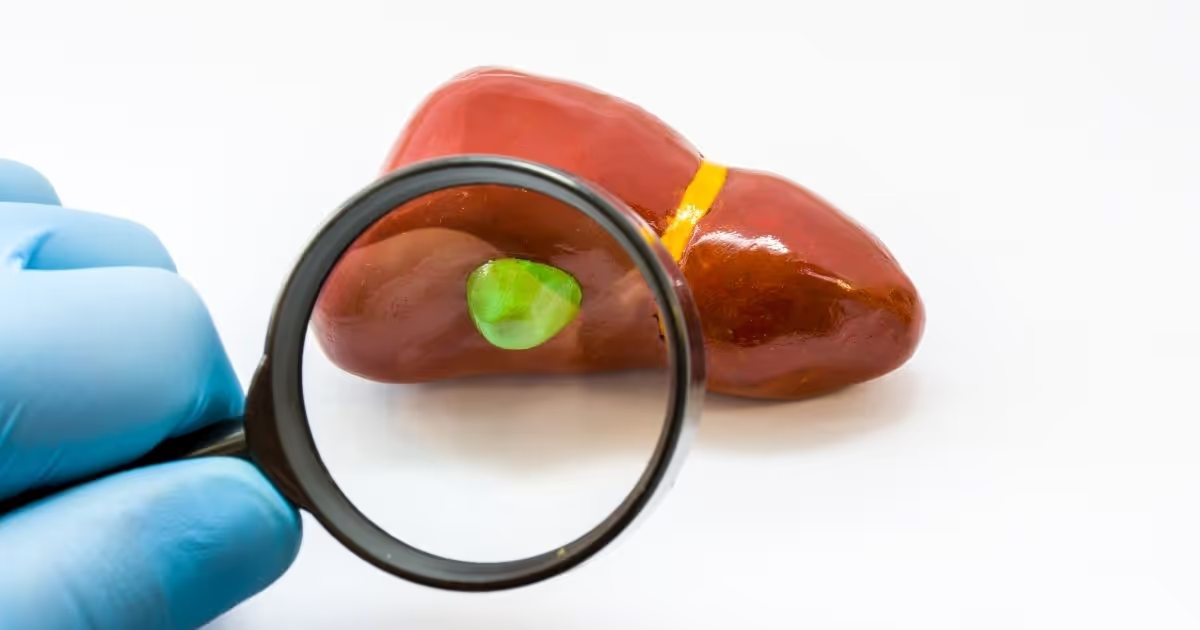Cholecystitis
Cholecystitis is inflammation of the gallbladder, a small organ beneath your liver. This pear-shaped organ contains and stores bile, a digestive fluid produced from the liver, before it drains through the bile duct into the small intestine to digest fatty food. You may feel pain on the right side of the abdomen, below the right costal area, as it is where the gallbladder is located. The inflammation, which usually leads to infection, mostly happens when the gallstones block the cystic duct (the tube that connects the gallbladder to the bile duct). Apart from gallstones, tumors, and bile duct obstruction, some serious illnesses and some infections are also causes of the disease.
Symptoms
Pain on the right side of the abdomen, where the gallbladder is located, is one of the most common symptoms. You may also feel the pain in the center of your abdomen, sometimes spreading to your right shoulder or back. Most of the patients may experience some fever, together with tenderness when the gallbladder is touched. Some people may experience other symptoms such as nausea, vomiting, and fever as well. The symptoms tend to appear after a meal, especially with the consumption of fatty food.
When to see the doctor
If the pain causes you to feel uncomfortable and no longer be able to sit still, or if you experience the pain with a high-grade fever, immediately seek emergency medical care nearby.
Risks and Causes
Cholecystitis is normally caused by inflammation of the gallbladder. The factors frequently causing the inflammation are the blockage of the bile flow, such as gallstones, tumors, and bile duct blockage, which leads to infection of the gallbladder. When these barriers block the cystic duct, the bile builds up and causes inflammation. Some kinds of infection, such as AIDS and certain viral infections, are also triggers of the disease, as well as blood vessel problems. When blood flow to the gallbladder is insufficient from a very severe illness, it may lead to cholecystitis.
Diagnosis of cholecystitis
To examine the possibility of cholecystitis, the doctor will ask about your history and do a physical examination, especially of your abdomen, where the gallbladder is located. If acute cholecystitis is suspected, the doctor will order blood tests to detect signs of infection or inflammation. Imaging tests, such as an abdominal ultrasound or a computerized tomography (CT) scan, will be performed to detect stones or signs of inflammation in the gallbladder and bile ducts.
Treatment
The purpose of the treatment is usually to control the infection and inflammation in the gallbladder. Normally, surgical gallbladder removal is the standard definitive treatment of cholecystitis, combined with intravenous antibiotics. In severe cases, in which patients may not tolerate surgery, emergency gallbladder drainage by puncturing through the patient’s skin may be required. During your stay in the hospital, you may not be allowed to eat or drink at first to destress the inflamed gallbladder. To prevent dehydration, fluids will be given through a vein in your arm. Pain medications are ordered to control the pain until your gallbladder is relieved.
Endoscopic retrograde cholangiopancreatography, or ERCP, may be performed to remove stones that block the bile ducts or cystic duct before gallbladder removal
Normally, the symptoms of cholecystitis tend to be relieved within two or three days after surgery, if there are no surgical complications.





























